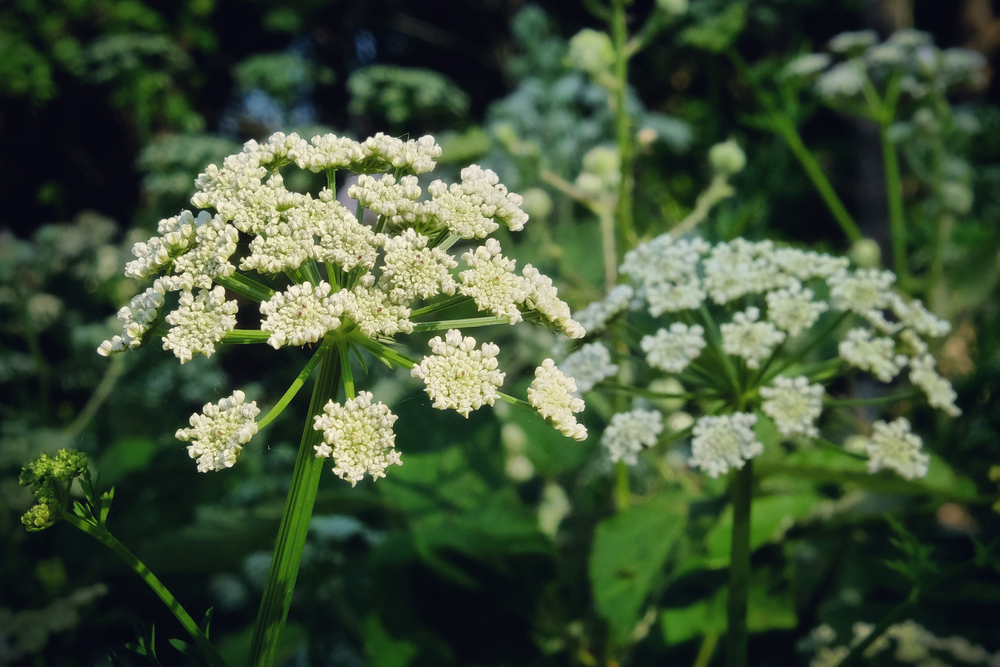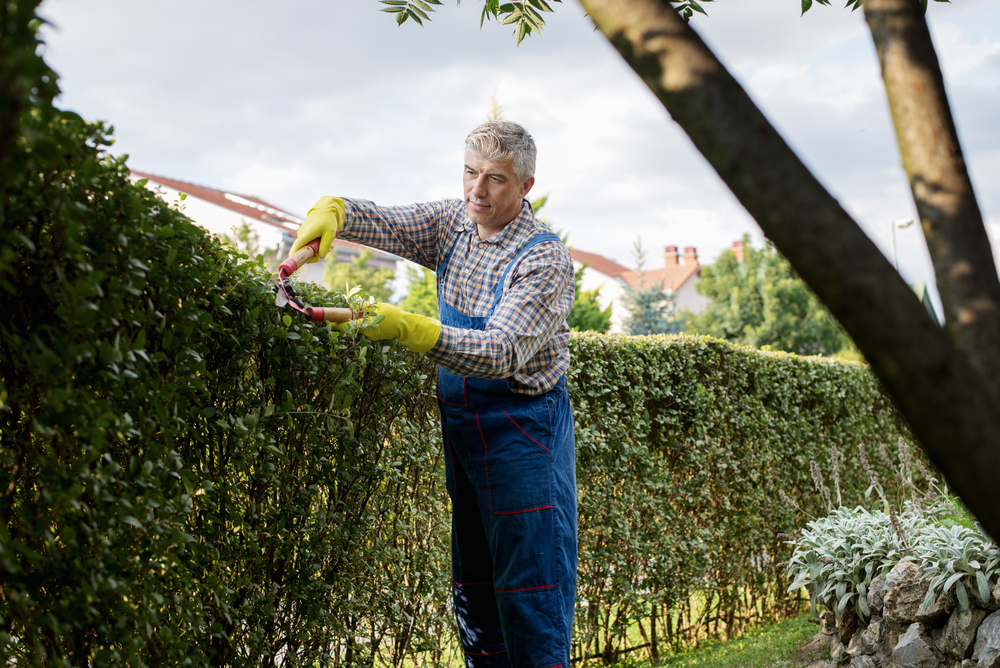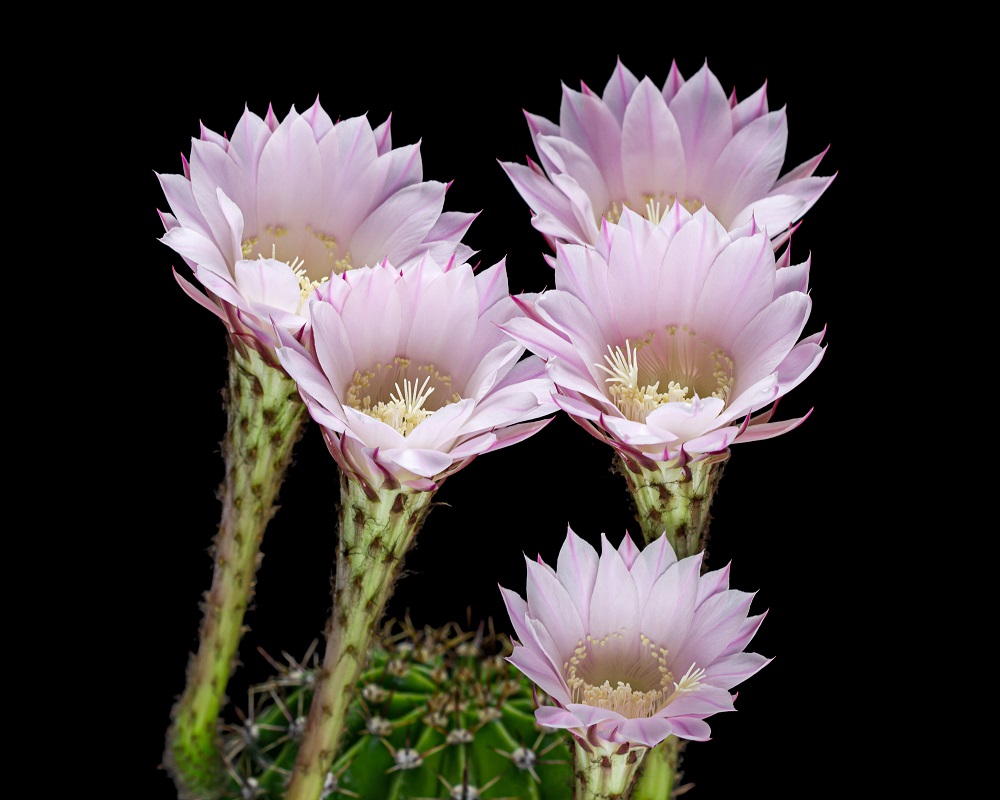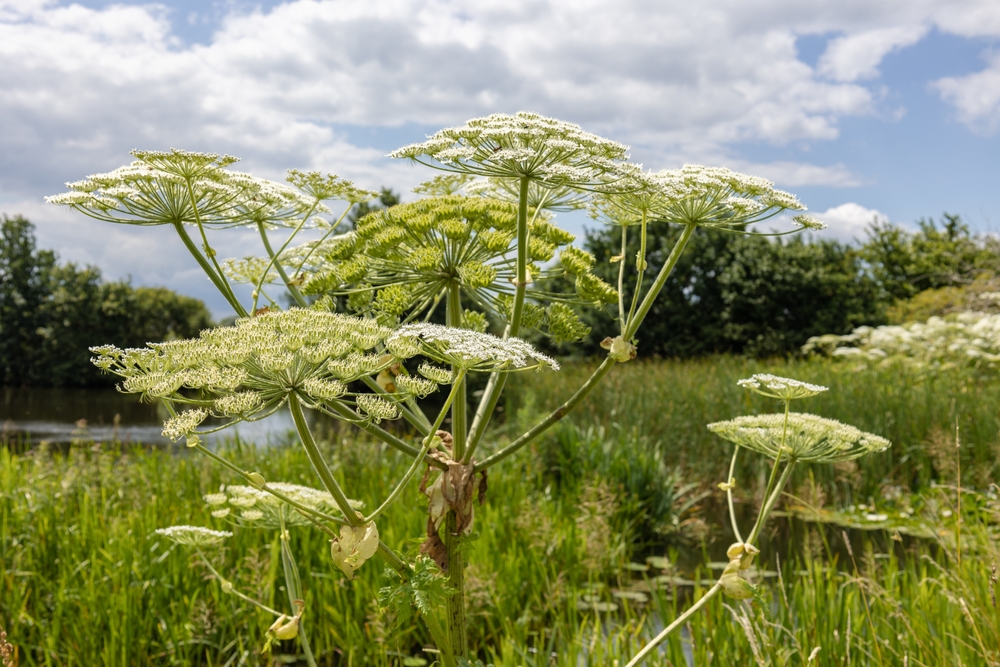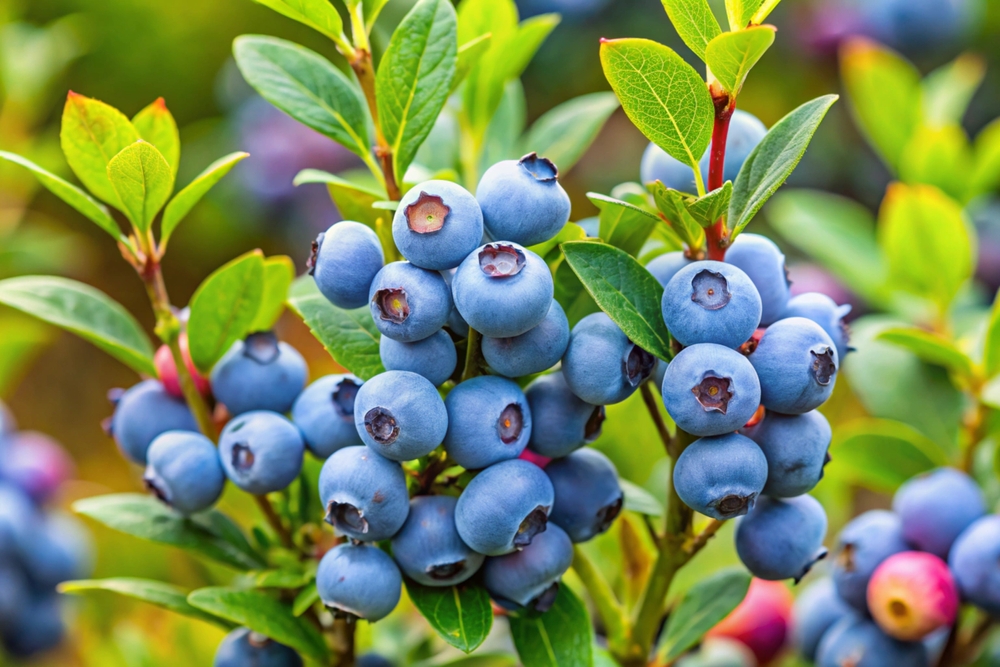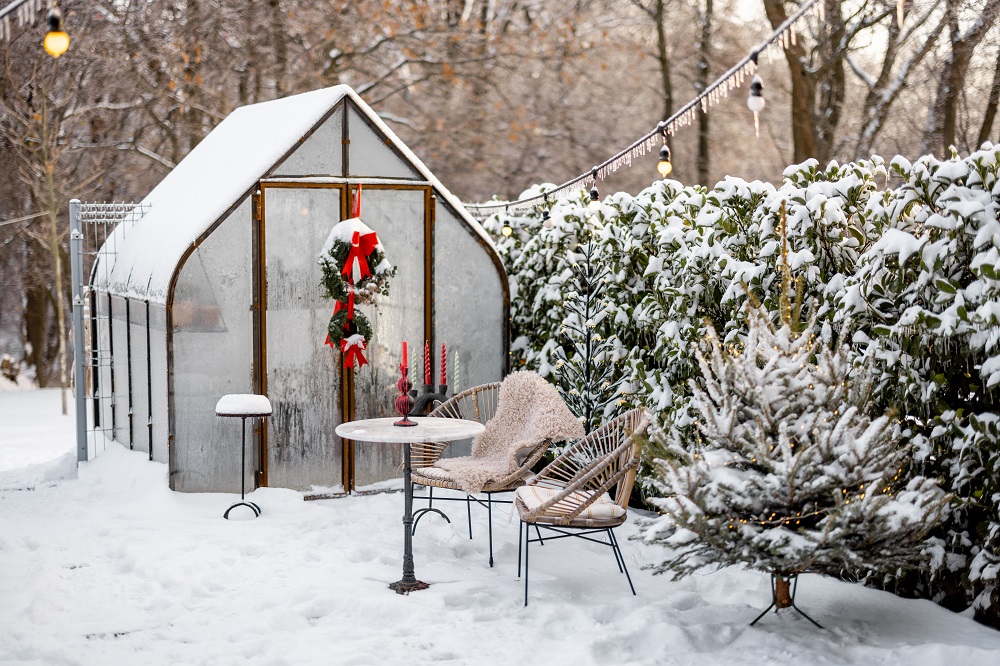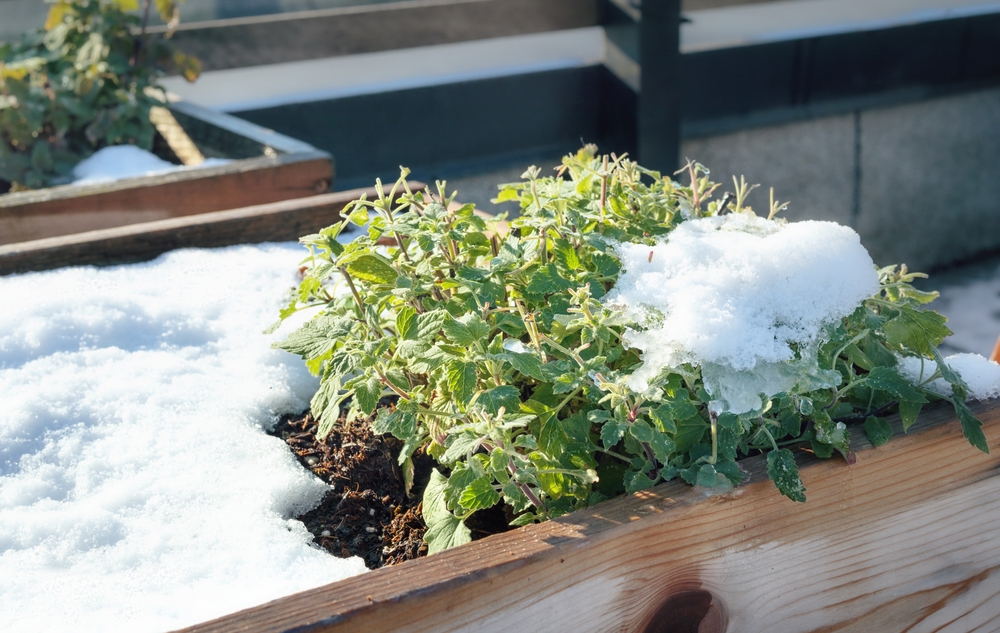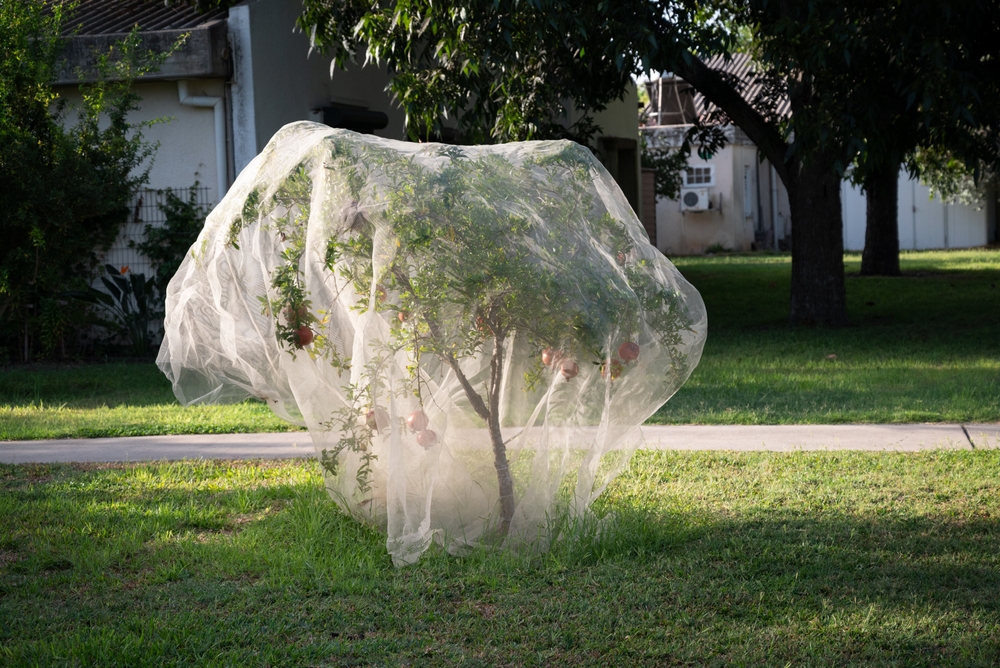Avoid these companion planting mistakes if you want a beautiful garden!
Companion planting is an age-old gardening technique that’s all about growing certain plants together to improve flavor, improve their growth, or to keep those annoying pests away.
But even though many plants thrive when grown next to the right partners, some pairings can have the opposite effect, leading to reduced yields, skimpy growth, or even plant diseases.
So to help you out, Gardeners And Plants is on a mission to teach you which plants to avoid planting side by side to avoid any companion planting mistakes.
We wish to help you create a healthier, more productive garden. Here are 9 plant pairs that make the WORST neighbors!
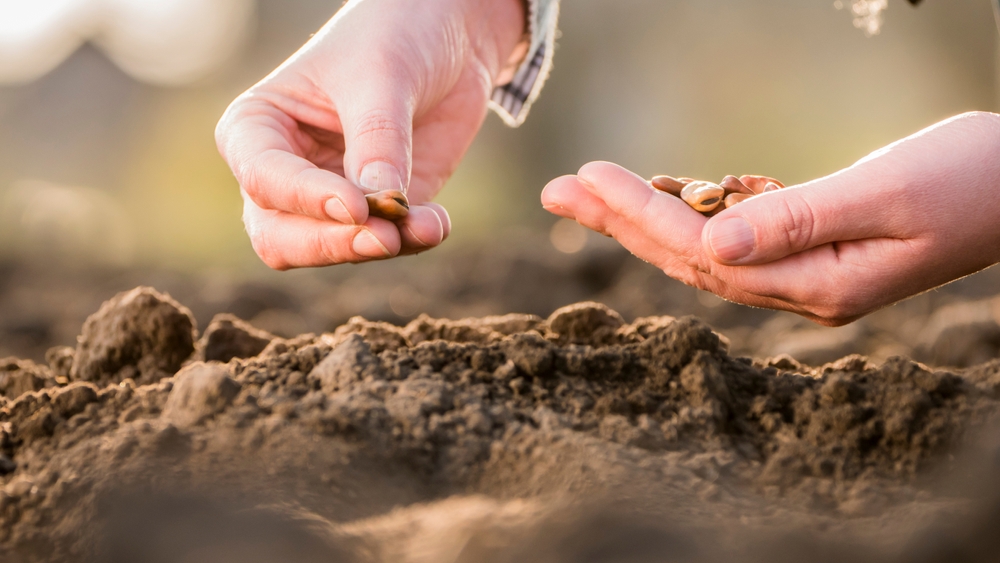
Garlic and Beans
Generally, leguminous plants, like peas, beans, and other legumes, are picky, and they aren’t any easier when trying to find a plant buddy in your vegetable garden.
They don’t like plants in the onion family, including chives, garlic, and leeks, or in the cabbage family, like cauliflower, broccoli, and kale. The same goes for onions.
They’re usually amazing to plant in the garden because onions help deter pests from snacking on tomatoes, spinach, lettuce, and strawberries growing there. But, this is not true for ALL garden plants. Beans and onions should never be grown together.
It would be a companion planting mistake because you’ll risk an outbreak of seedcorn maggots.
Although seedcorn larvae usually feed on seedlings of soybeans and corn, they’re known to inflict damage on young bean and onion plants as well, which can seriously affect your outcome come harvest time.
Corn and Tomatoes
We all love this classic summertime combo on our plates. But don’t ever plant tomatoes and corn near each other in your garden. It would be a huge companion planting mistake! These heavy feeders compete for the same nutrients.
So they could easily both end up deprived if the soil isn’t ultra rich. They also share a common enemy: The tomato fruit worm, which can quickly spread between the plants, destroying them both.
Basil and Cucumber
We get it, we get it! Basil and cucumber sound like the beginnings of a refreshing drink! But seasoned gardeners know that this would be a companion planting mistake because this vegetable doesn’t grow well near aromatic herbs like rosemary, basil, sage, and marjoram.
Herbs with powerful flavors and scents tend to have an influence on the taste of the growing cucumber. One herb it does like, though? Dill! It lures beneficial insects like hoverflies and predatory wasps.
Cucumbers and potatoes
Like tomatoes and Brussels sprouts, potatoes and cucumbers must be kept far away from each other due to their extreme demand for nutrients.
When grown together, cucumbers and potatoes will compete for almost everything, including space, sunlight, water, pollination, and all necessary nutrients the soils requires.
It’s best to keep the nightshade vegetable and Cucumis species in separate areas of your garden where they won’t have to fight to survive, and you can avoid making a companion planting mistake.
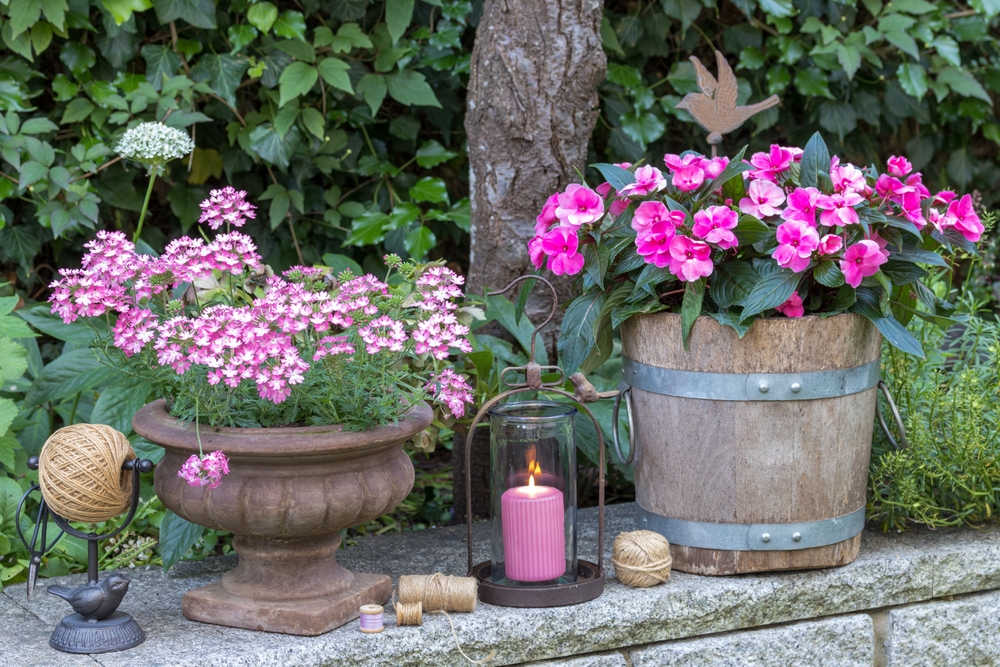
Impatiens and Butterfly weed
Butterfly weeds and impatiens are enchanting flowering plants that lure pollinators and brighten up your garden all summer long. But unfortunately, these two should NEVER be planted right next to each other.
The two flowers have virtually opposite growing needs. While butterfly weeds prefer little water, direct sunlight, and dry sandy soil, impatiens require very moist and rich soil and shade.
Yet, you could still grow them in two separate containers nearby to benefit from their pollinator-friendly flowers and dodge this companion planting mistake.
Strawberries and mint
Mint is an immensely fragranced herb that’s capable of repelling quite a few pests. Now, usually, this would be considered a good thing in one’s garden, right? Well, unfortunately, mint plants also have unmatched forceful growth.
They’ll conquer weaker plants like strawberries very fast. So, if you love mint, you should grow it in a buried container. This can reduce its spread and help prevent harm to other plants.
In addition to containment, regular heavy pruning might be required to make sure you keep it under control and avoid making a companion planting mistake.
Spiraea and Leyland Cypress
Even though they might look stunning together, planting spirea and Leyland cypress together would be a huge companion planting mistake.
The cypress can grow 25 feet wide and up to 70 feet tall in a rather short period, while the spiraea species will only grow somewhere between 1 and 8 feet tall, depending on the species.
And spirea shrubs that need consistent direct sunlight all day long will begin to show unattractive and leggy growth when planted beneath a massive bush like Leyland cypress.
Shade Trees and Turfgrasses
We bet you didn’t expect to see these on our list of companion planting mistakes! But the reality is that leafy turfgrasses, including various fescue, bluegrasses, and ryegrass, don’t work well under shade trees like large-leafed oaks, maples, and spruces.
Too much shade and not enough moisture can prevent your plants from growing below these types of trees. Turfgrasses need more fertilization because of their big leaves and constantly getting pruned by mowing and other outdoor activities.
The tree’s roots take up nutrients and water at the same level in the soil as turfgrass roots, so they have a hard time.
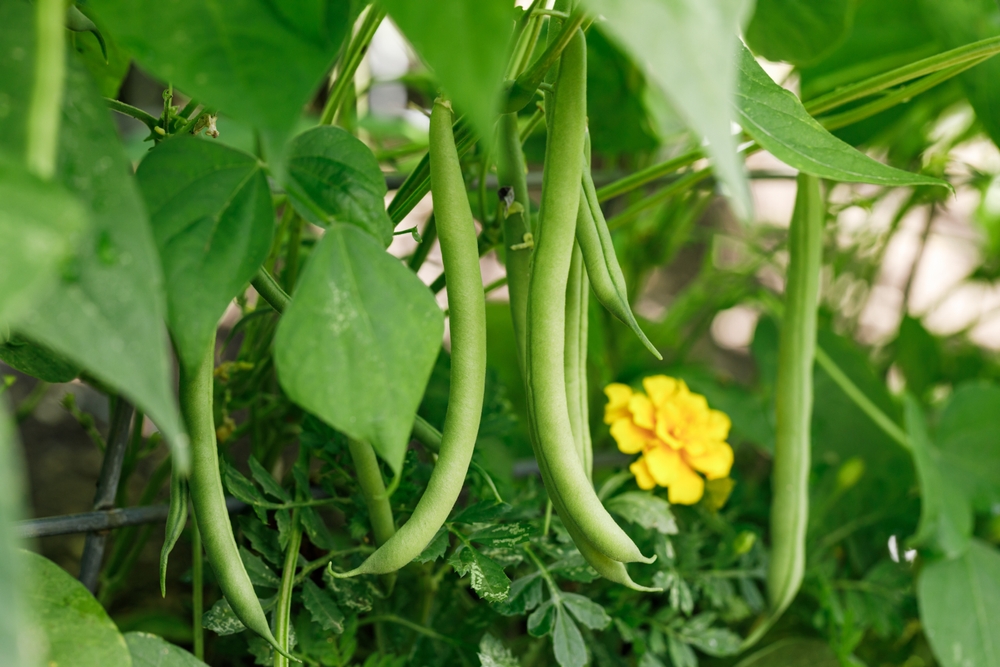
Beans and French marigolds
You would think that French marigolds would pair well with any vegetable plant to ward off pests like bean beetles, whiteflies, and nematodes. But, there’s one veggie that won’t benefit from the marigolds’ natural pesticidal capabilities.
Beans aren’t friendly with French marigolds because they both get attacked by spider mites. And those nasty spider mites will quickly infest your garden, covering plants with gray webbing and draining the plant juices from both species.
So be sure to avoid this companion planting mistake!
For more on this matter, you may want to check out The Old Farmer’s Almanac Vegetable Gardener’s Handbook, available on Amazon!
Are there any other companion planting mistakes you can think of? Please be sure to let our readers know in the comments section below.
And if you found this article helpful, we highly recommend you also check out: 8 Stunning Low-Maintenance Shrubs You Can Plant and Forget About

